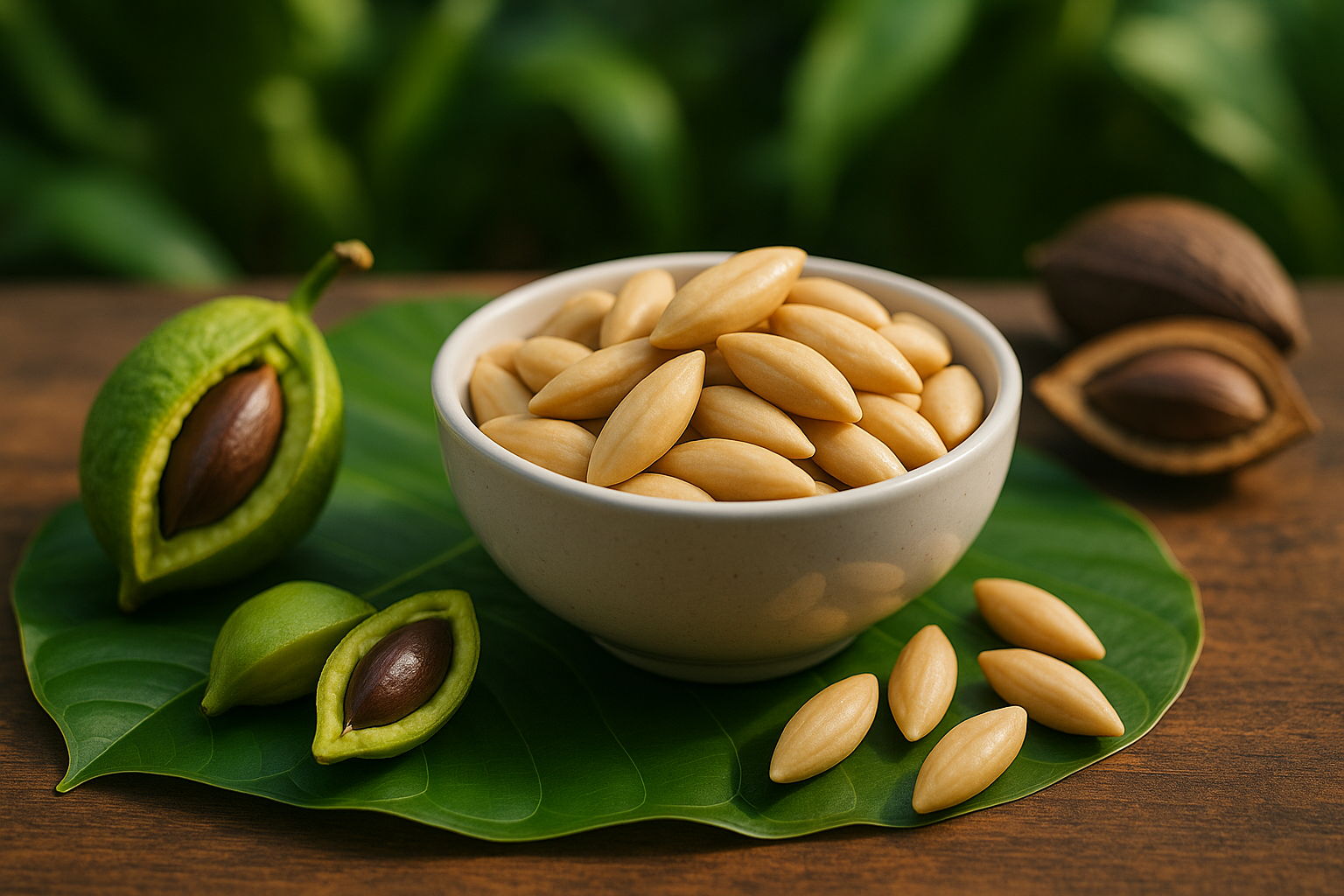Breaking Down the Biomechanics of High Jump Techniques
The world of athletics is diverse and fascinating, full of interesting stories, impressive feats and innovative techniques. One such technique that has defined the sport of high jumping and continues to be a point of discussion among athletes and scholars is the Fosbury Flop. Named after American athlete Dick Fosbury, who used it to win gold at the 1968 Olympics, this technique revolutionized the sport and is now the standard jumping style for high jumpers. This article will delve into the history, biomechanics, and real-world applications of the Fosbury Flop, providing an in-depth look at this iconic high jump technique.

A Leap into History
High jump has been a part of athletics since ancient times, with the first recorded instances dating back to the ancient Celtic and Celtic-influenced cultures. However, it was not until the 19th century that the sport began to take on its modern form, as the industrial revolution led to improved training facilities and techniques.
Before the invention of the Fosbury Flop, the most common high jump techniques were the straddle technique and the scissors jump. The straddle technique involved the athlete jumping with their body parallel to the bar, while the scissors jump involved the athlete jumping over the bar with one leg followed by the other, like a pair of scissors.
The Fosbury Revolution
Dick Fosbury, a track and field athlete from the United States, introduced a new technique in the 1968 Mexico City Olympics. Instead of jumping over the bar face down, he went over it back-first. This technique, which came to be known as the Fosbury Flop, allowed Fosbury to clear higher bars than he could with traditional techniques.
The Fosbury Flop has since become the dominant high jump technique. It offers several advantages over previous methods, including a lower center of gravity during the jump, which allows athletes to clear higher bars.
Biomechanics of the Fosbury Flop
The success of the Fosbury Flop comes down to biomechanics, the study of the mechanical laws relating to the movement or structure of living organisms. When an athlete uses the Fosbury Flop, they curve their run-up, which creates a rotational momentum. This momentum, combined with the athlete’s vertical jump, sends their body over the bar in a unique parabolic path.
The Fosbury Flop also changes the athlete’s center of gravity. In traditional techniques, the center of gravity is above the bar during the jump. But with the Fosbury Flop, the center of gravity is below the bar. This means that the athlete’s body can clear the bar, while their center of gravity passes underneath it.
Real-world Applications and Future Directions
The Fosbury Flop has become the standard technique for high jumpers around the world. It has been used to set numerous world records and win countless medals. Its influence extends beyond high jump, with athletes and coaches in other sports studying it to gain insights into biomechanics and performance optimization.
As we move forward, the Fosbury Flop will continue to be a topic of interest in sports science. Researchers are exploring ways to fine-tune the technique to help athletes jump even higher. The future of high jump looks exciting, with the continuing evolution of techniques driven by advances in our understanding of biomechanics.
In conclusion, the Fosbury Flop is more than just a high jump technique. It’s a testament to the power of innovation in sports and the amazing things athletes can achieve when they push the boundaries of what’s possible. The story of the Fosbury Flop is a reminder that sometimes, revolutionizing a sport can be as simple as seeing things from a different angle.




